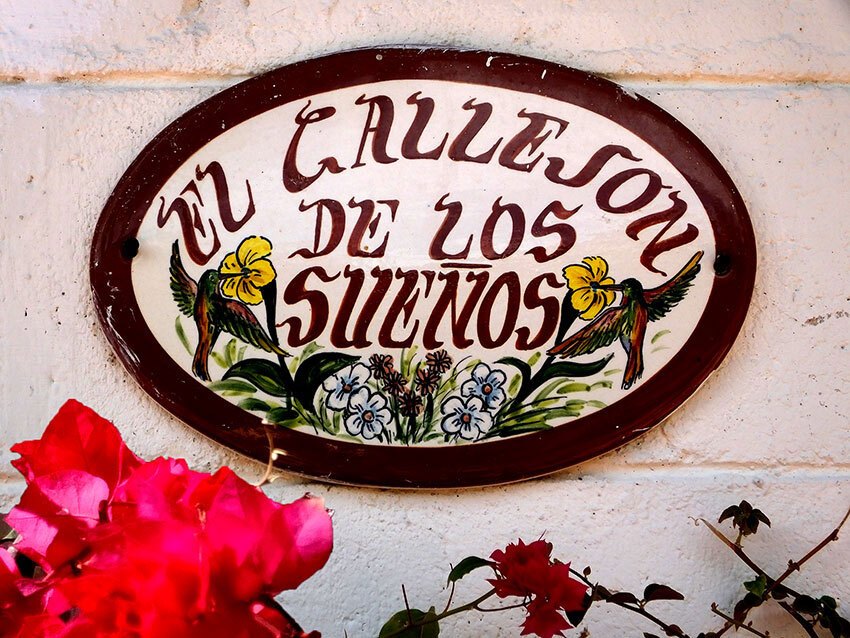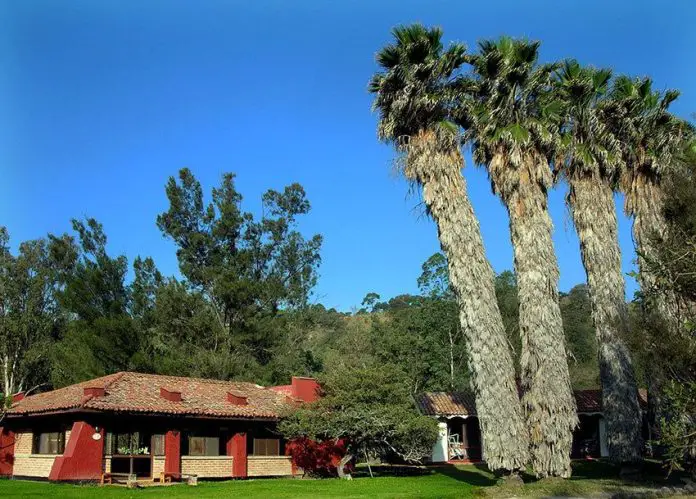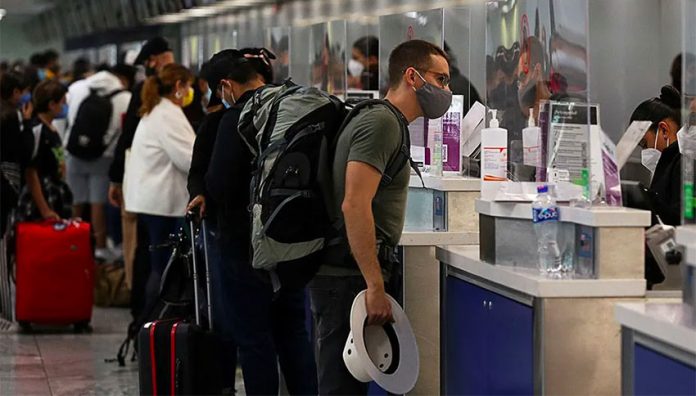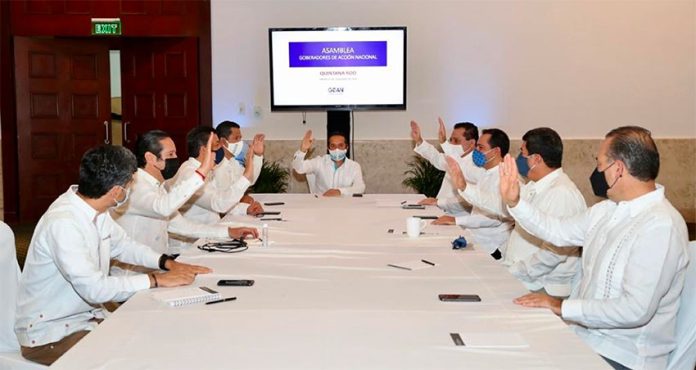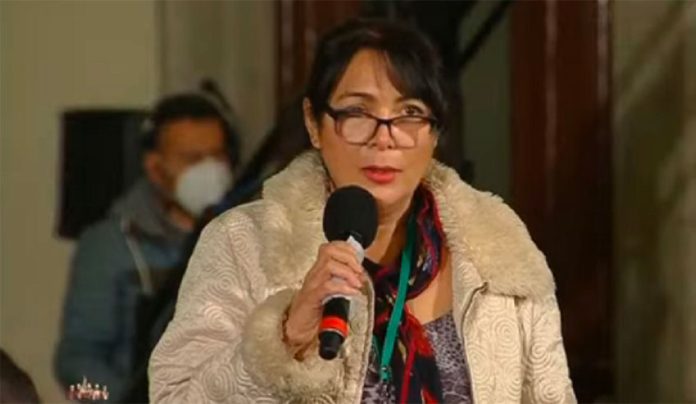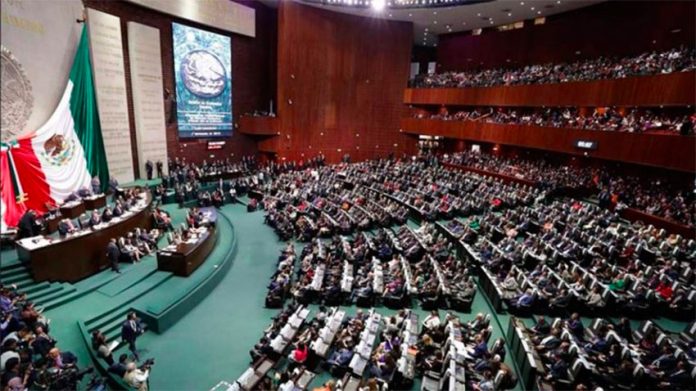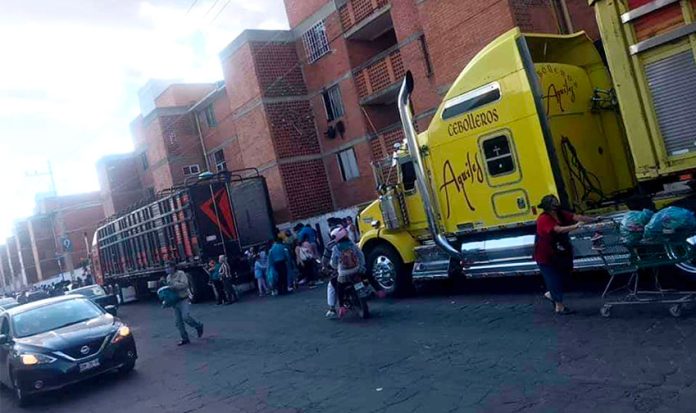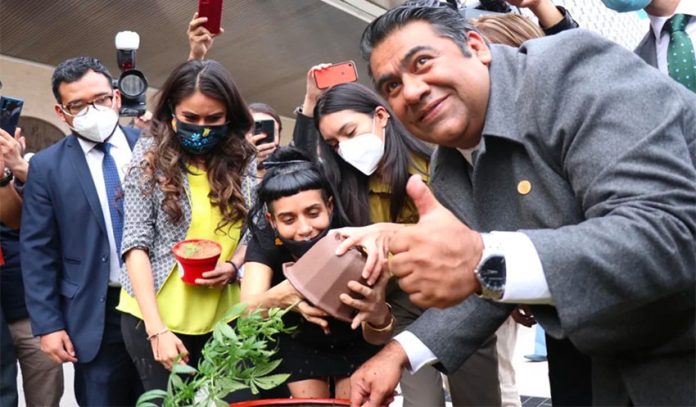A few days ago, a quiet but feisty Englishwoman named Caroline Durston passed away in the little town of Ajijic, located on the north shore of Lake Chapala, and with her ended the story of Rancho Rio Caliente, for many years one of Mexico’s most famous spas, a favorite of cognoscenti from New York to Paris.
Every soul in Guadalajara knows about the marvelous hot river hidden deep inside the nearby Primavera Forest and many of them faithfully visit it (in droves) during Semana Santa every year, but few local people know about the private spa situated just beside the source of Río Caliente.
The spa is built upon a spot once considered sacred by indigenous people as a place of healing, long before the Spaniards arrived. Here you have only to dig a hole anywhere you like and at a depth of about a meter you will find steaming hot mineral water.
“It’s highly alkaline,” Durston told me years ago,” with pH of 8.3 and traces of almost every known mineral salt on the planet, including natural, organic lithium.”
My wife and I spent our first night at the spa in 1985, at the end of a hectic week of house hunting.

It was our first introduction to the Primavera Forest, and just reaching the place was an adventure. The dirt road we were following brought us through tall pine and oak trees.
The dirt eventually changed to what looked at first like black gravel but turned out to be nothing less than shards of black volcanic glass: a road naturally paved with obsidian! And then, deep inside the forest, we came to a locked iron gate. When it opened for us, we found that we now had to drive across a river that, of course, was steaming. It was so hot that you could not have crossed it in bare feet.
The spa turned out to be a gorgeous oasis of green meadows, flowers of all colors and tall, funky palm trees. Here there was no electricity, no telephones, no TV and no internet, which meant there was also no roar of traffic, no blaring radios. Instead, there was a magnificent silence that actually allowed you to hear and appreciate the buzzing of bees, the rustle of leaves in the wind and the trill of songbirds.
Serenaded by nature, you wander from your picturesque cabin to soak in the hot, warm or cool pool of your choice or perhaps spend half an hour in the naturally heated steam bath or maybe opt for a soothing massage.
Then, with mind and muscles totally relaxed, you return to your cabin to fall asleep in front of a crackling fireplace.
The next morning, you discover the unforgettable sensation of sitting on a hot-water toilet seat, and then off you go for breakfast — one that you know is vegetarian but is so incredibly delicious that you can’t quite believe it.
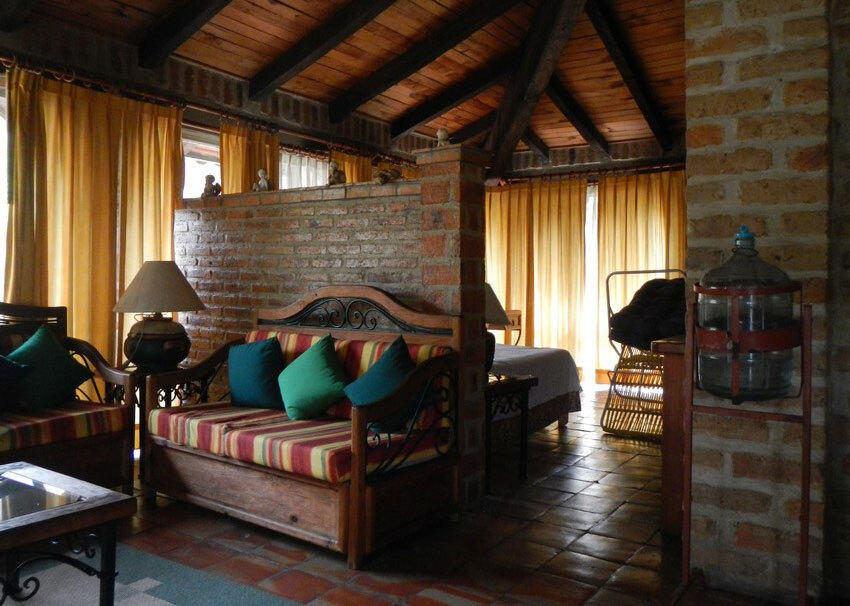
Just one night at Rancho Rio Caliente convinced us that we had to live in that magnificent pine and oak forest. Only minutes after leaving the spa, perhaps guided by ancient spirits, we happened to see the entrance to a community called Pinar de La Venta, and there we found a home for ourselves in our own corner of the enchanted Primavera Forest.
For some 30 years, Hotel Rancho Río Caliente attracted the attention of spa-goers all around the world.
In 1991, Sue Chastain wrote in the L.A. Times, “If you’re aching to retreat about half a century from the tensions of modern living — to soak in hot mineral waters, laze in a eucalyptus-scented steam room designed in the ancient Aztec manner, detoxify by slathering your body with the local mud, visit a primitive nunnery to see age-old techniques of natural healing at work, this just may be the spa that hits the spot.”
“The water kind of seduces you,” Chastain was told by an architectural designer from Los Angeles on her third visit. “It puts you in a place where you can let go.” It does take time to adjust to such a totally relaxed lifestyle, said the designer, “but it’s a great stress release.”
Chastain was surprised at how good the food was:
“Not at all the bland stuff I’d expected from a lacto-vegetarian menu low in sodium and fat. I had never imagined raving about a nut loaf, or taking two helpings of a dish of chickpeas, lentils and brown rice, but it happened here.”

Over the years, the spa turned into a legend: even the Discovery Channel was talking about it. Then, in 2011, disaster struck. Was it a forest fire? An earthquake? A terrorist attack?
No, none of the above, just a little change in the U.S. government’s travel advisory list, shifting Mexico into the same “danger” category as Iraq, Libya and Afghanistan.
“Overnight they decided that Guadalajara was dangerous,” the spa’s owner, Caroline Durston told me in 2011, “and overnight all my clients canceled their reservations.”
A month later, this spa — so popular that guests often had to make reservations a year in advance — was forced to shut down.
“Just how many of your former guests have been mugged, murdered, attacked or otherwise accosted?” I asked the soft-spoken woman.
“What?” she said, her eyes widening, “Attacked? No one has ever been attacked or accosted in any way, not even once, neither here at the ranch nor on their way to or from the airport — never.”

Rancho Río Caliente is spread over 10 hectares, with 53 cabins as well as several houses, not to mention the dining hall, gym, sauna, massage rooms and the palapa.
Ah, yes, the palapa. It was a sort of multipurpose gathering place where my wife Susy used to give Spanish classes. One day she came home and said, “Now I’m teaching Spanish to a movie star!”
“Oh, really?” I replied. “And what’s this star’s name?”
“Louise Fletcher.”
“Good grief? You’re teaching Louise Fletcher who played evil Nurse Ratched in One Flew Over the Cuckoo’s Nest — that horrible creature who had Jack Nicholson lobotomized? That must be terrible!”
“Oh no,” replied Susy. “She’s the sweetest thing!”
After Durston’s passing, Lisa Versace, a frequent visitor to the spa, wrote:
“When I found Rio Caliente, I found more than a spa or a ranch, but a home away from home in the truest, deepest sense of the word. I returned over and over again, for the love, warmth, joy and community that I would experience there. For many of us, the place was magical, healing and transformative.
“By returning year after year, our lives changed, through both the healing we experienced there and the deep relationships cultivated and carried on, far outside our little spot in the Primavera Forest.
“For me, these relationships were mostly with her staff or with people connected to Caroline or the ranch in some way. She brought together the most amazing people and provided a place for those visiting to flourish.”
Rumor has it that Rancho Río Caliente will soon be reopened by new owners inspired by the achievements of Caroline Durston and determined to preserve this magical spot as a place of healing. That will be a tall order to fill, but I wish them the best.
The writer has lived near Guadalajara, Jalisco, for 31 years, and is the author of “A Guide to West Mexico’s Guachimontones and Surrounding Area” and co-author of “Outdoors in Western Mexico.” More of his writing can be found on his website.
CORRECTION: The previous version of this story incorrectly referred to Durston as an Australian. She was, in fact, from England. Our apologies.

